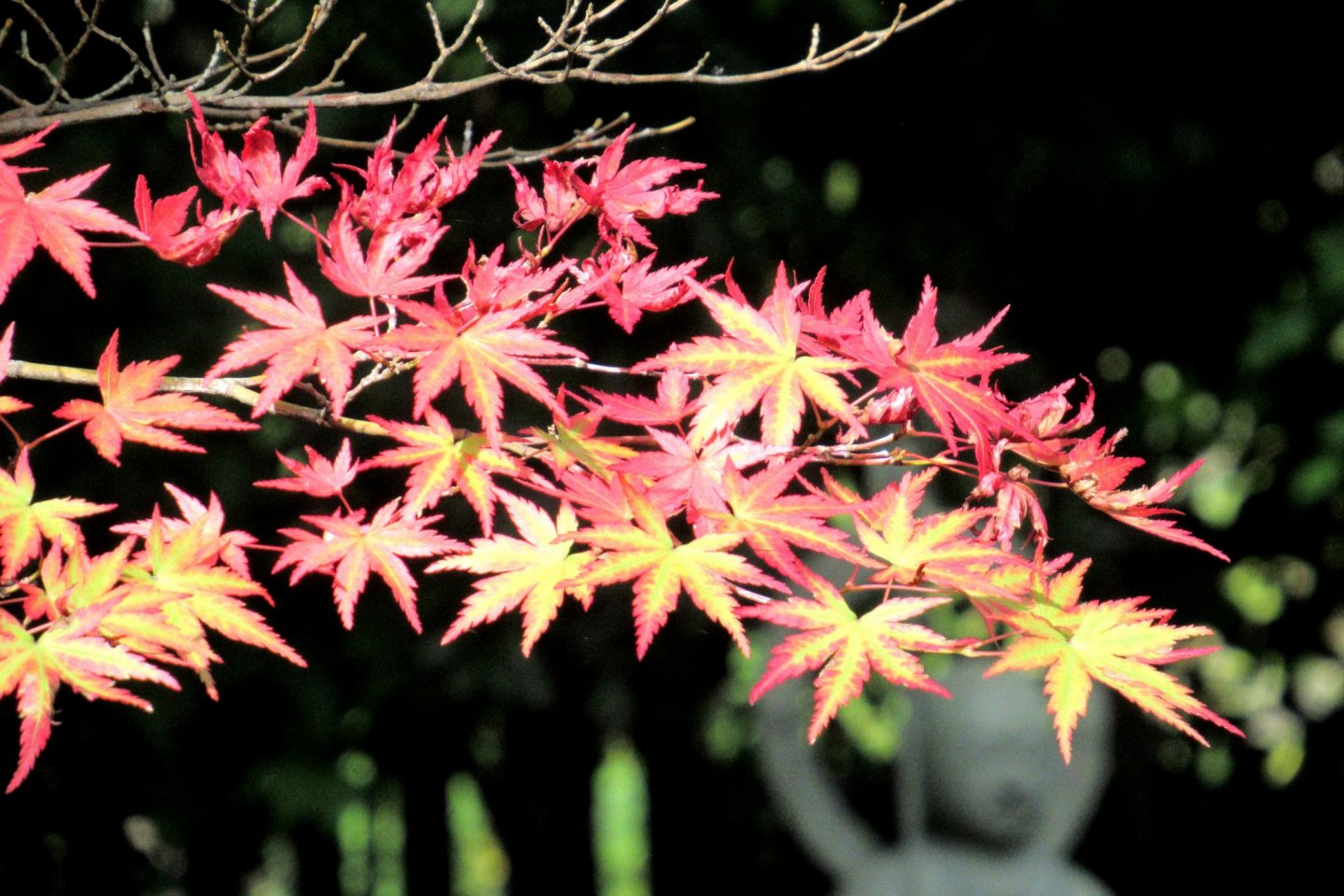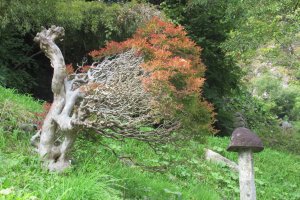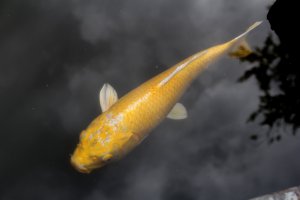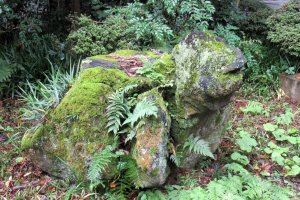Being a great fan of photography, I know how important it is to find unusual and interesting objects. In Japan such objects are everywhere, and so many of them are perfect in shape, detail, and color.
Among man-made objects are traditional Japanese gardens composed in a way that gives picturesque views from many points. But there are also great numbers of small details such as stones, small water basins, lanterns covered with moss, and water reflecting the sunshine. In many of these garden ponds and their surroundings, there are almost always carp, turtles, ducks, and even sometimes swans or herons.

Many unusual details can be found in Shinto shrines, such as straw ropes known as shimenawa, torii arches, paper zigzags known as shide, mysterious statues of komainu (often referred to as lion-dogs) and kitsune (foxes), cute Jizo statues in their red caps and bibs, twisted white papers of omikuji (fortunes), and so on.

Japanese pieces of art are always perfectly made and incredibly detailed. I find them particularly outstanding for their use of textures and perfect sense of proportion. You can find some really huge objects such as the giant illuminated figures for the Nebuta Matsuri and tiny figurines made from glass or wood.

The nature and seasons of Japan also give a lot of inspiration – there are plum trees and sakura, spring blooms of all sorts of flowers, fluffy autumn grass, and the tiny red leaves of Japanese maples called ‘momiji’. All those pieces of nature are powerful but fragile and fleeting at the same time. The sight of the sacred huge old trees is a thrill!

I like to walk on rainy days when most people try to hide indoors. There were rainy days when I walked in gardens all alone with no hurry and enjoyed every view and detail – raindrops on sakura flowers and circles from drops on water, darkened tree trunks and fallen sakura petals on the ground like snow…

Maybe because that ‘Japanese reality’ is very different from my home I find it inspiring and perfect in many ways.






























